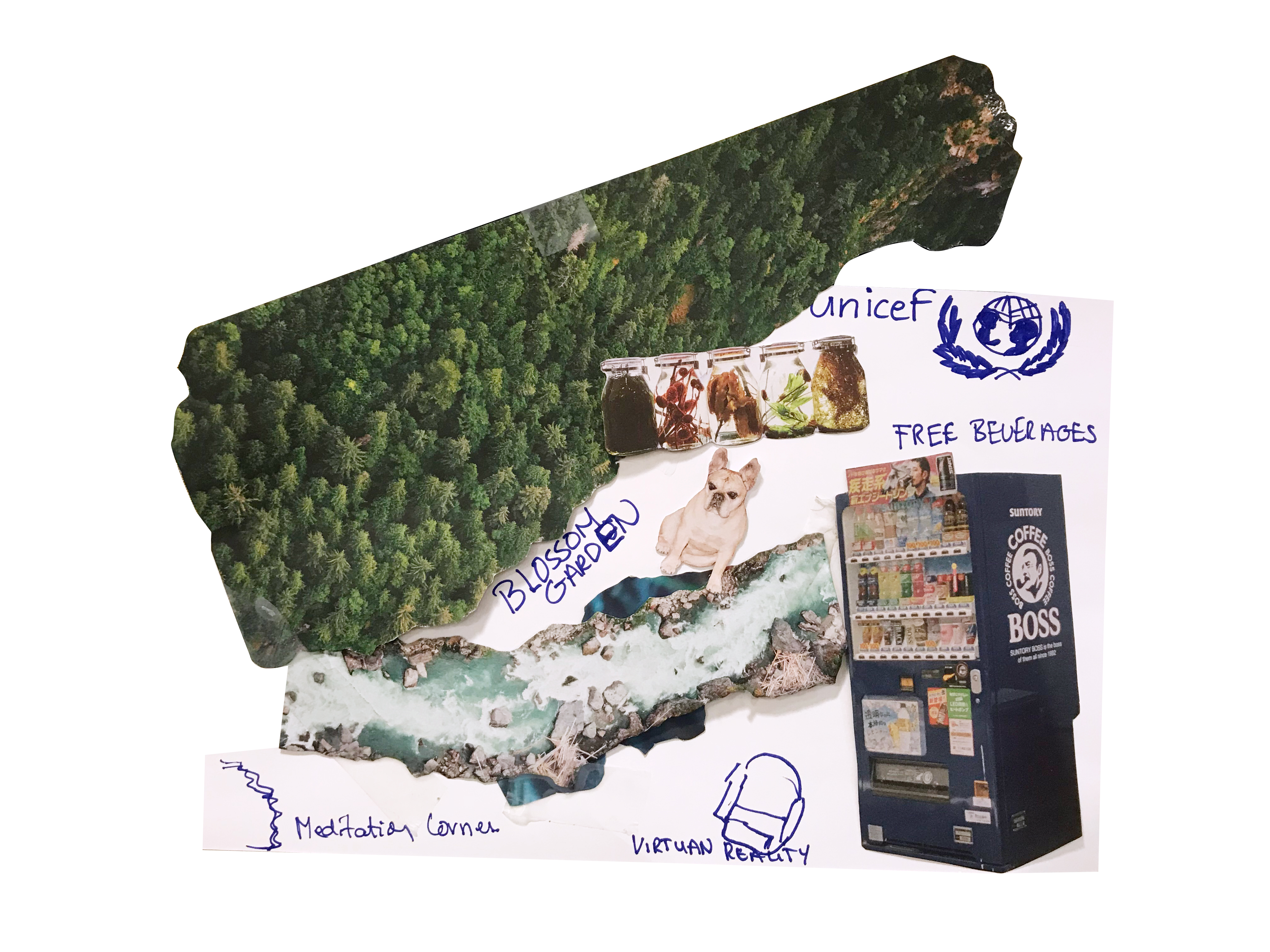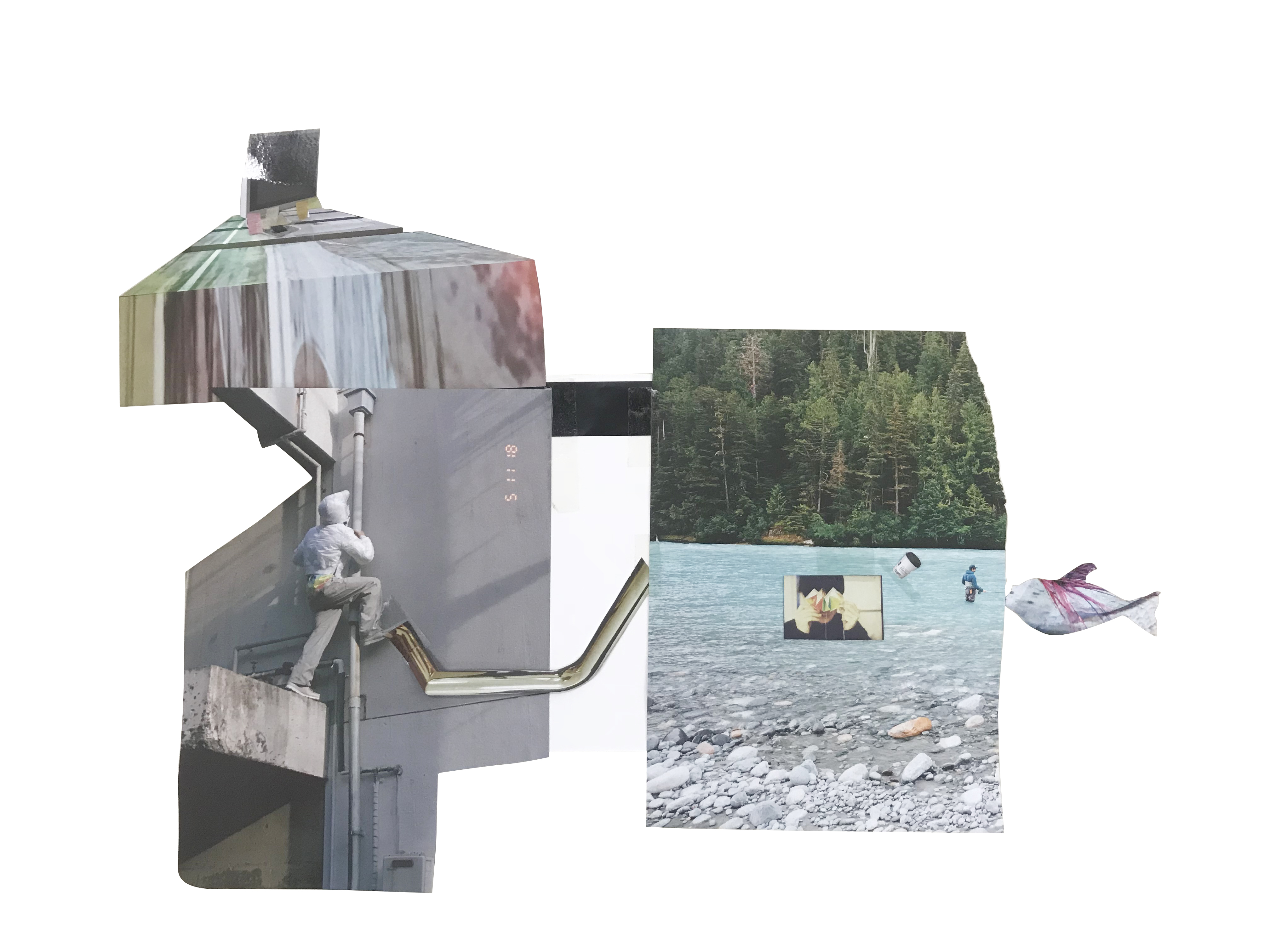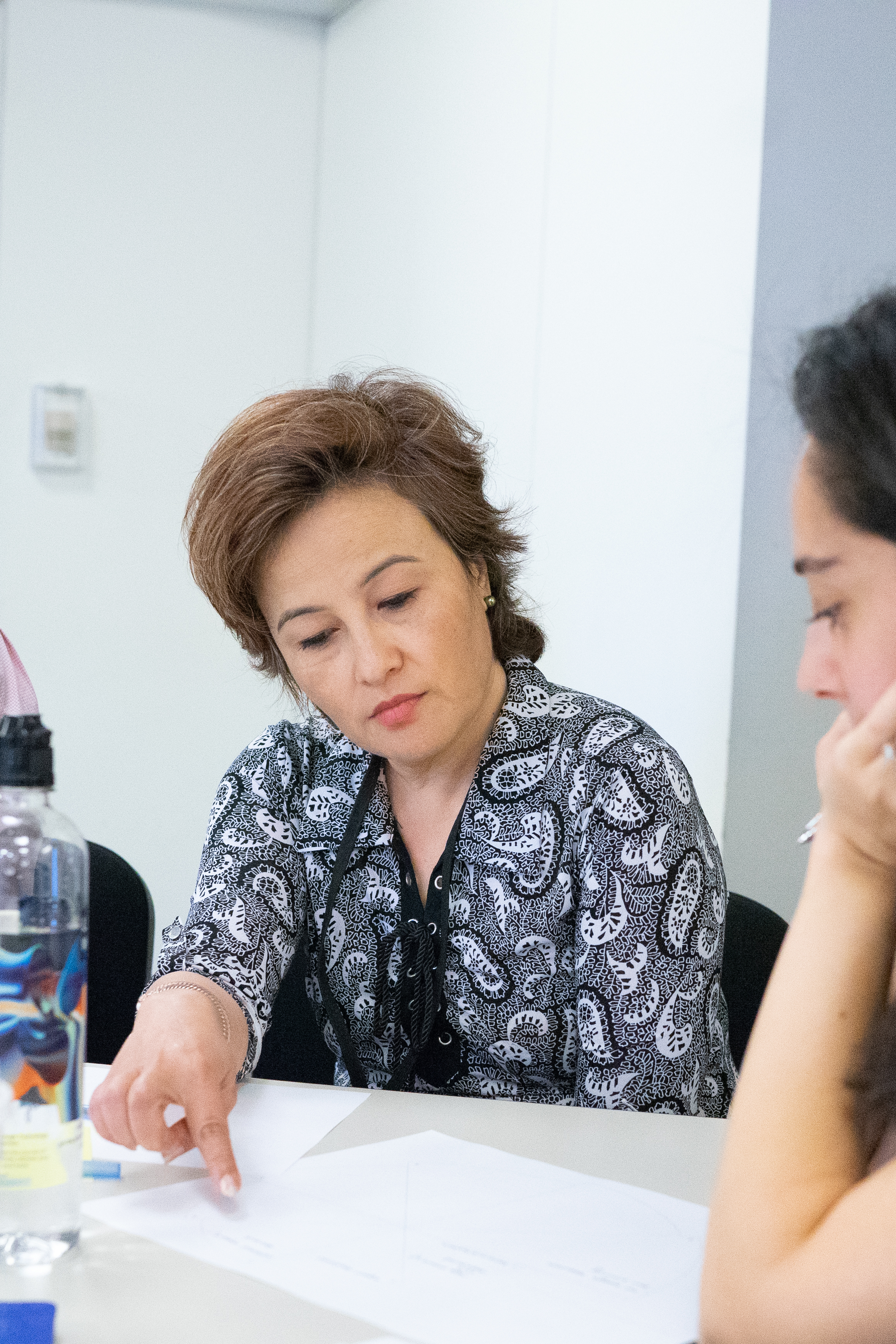BURNOUT THERAPY WITH PSYCHOLOGY AND DESIGN
Addressing mental health issues through design research and brain science.
Year
2019
Partner
Dr. Adam Brown
Client
Unicef New York
2019
Partner
Dr. Adam Brown
Client
Unicef New York
Design Thinking
Workshop Generation
Workshop Facilitation
Strategy
Concept Creation
INTRO
Workplace burnout. In 2018, it was the talk of the World Economic Forum in Davos. In 2019, the World Health Organization added it to for recognized medical conditions. And it continues to headline op-ed pages around the world.
I am working with a team of psychologists and designers from The New School to transform how we work through groundbreaking research, using design-led thinking and brain science to help organizations address burnout and mental health issues — and help workers gain more insight into their own creativity and resilience.
I am working with a team of psychologists and designers from The New School to transform how we work through groundbreaking research, using design-led thinking and brain science to help organizations address burnout and mental health issues — and help workers gain more insight into their own creativity and resilience.
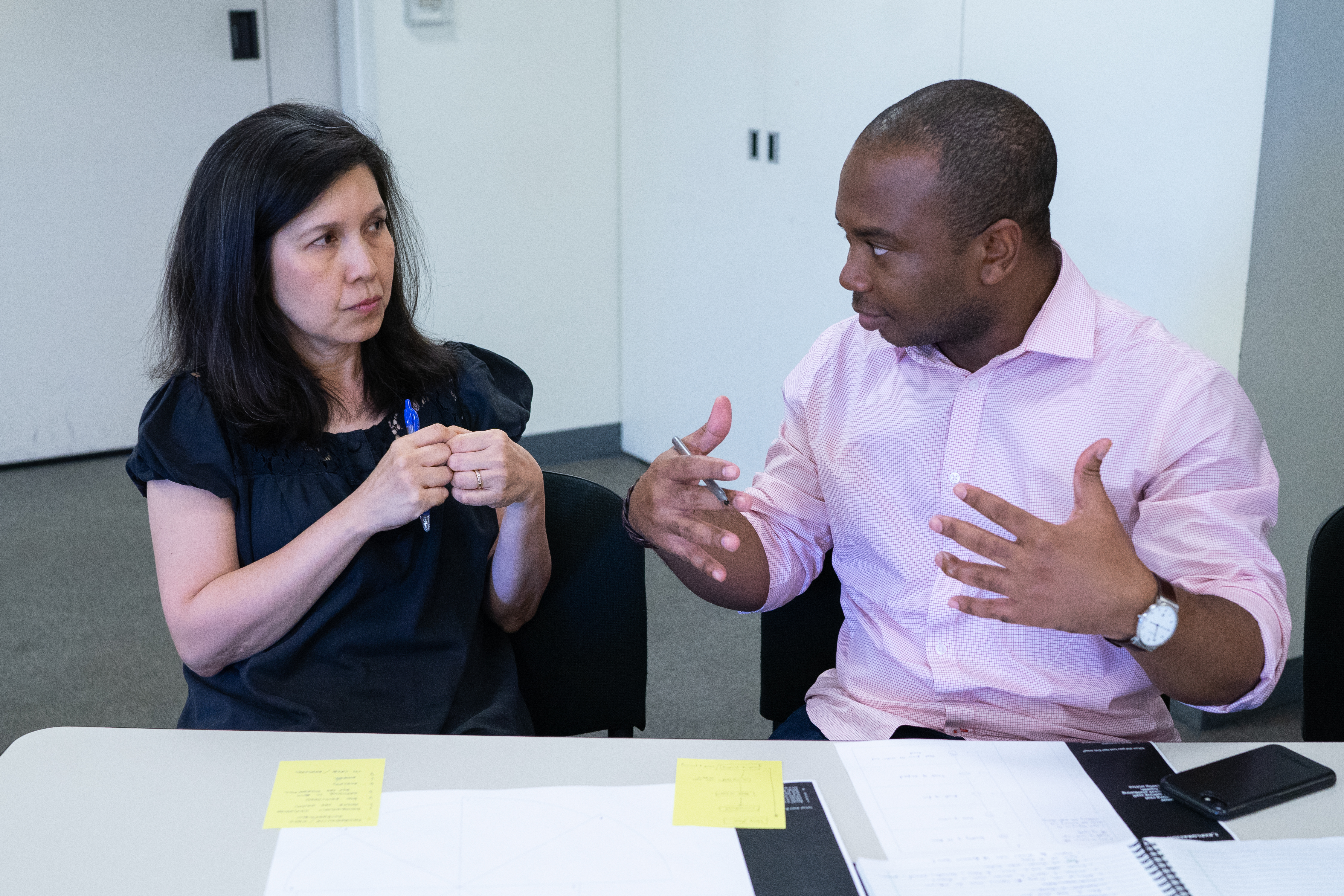
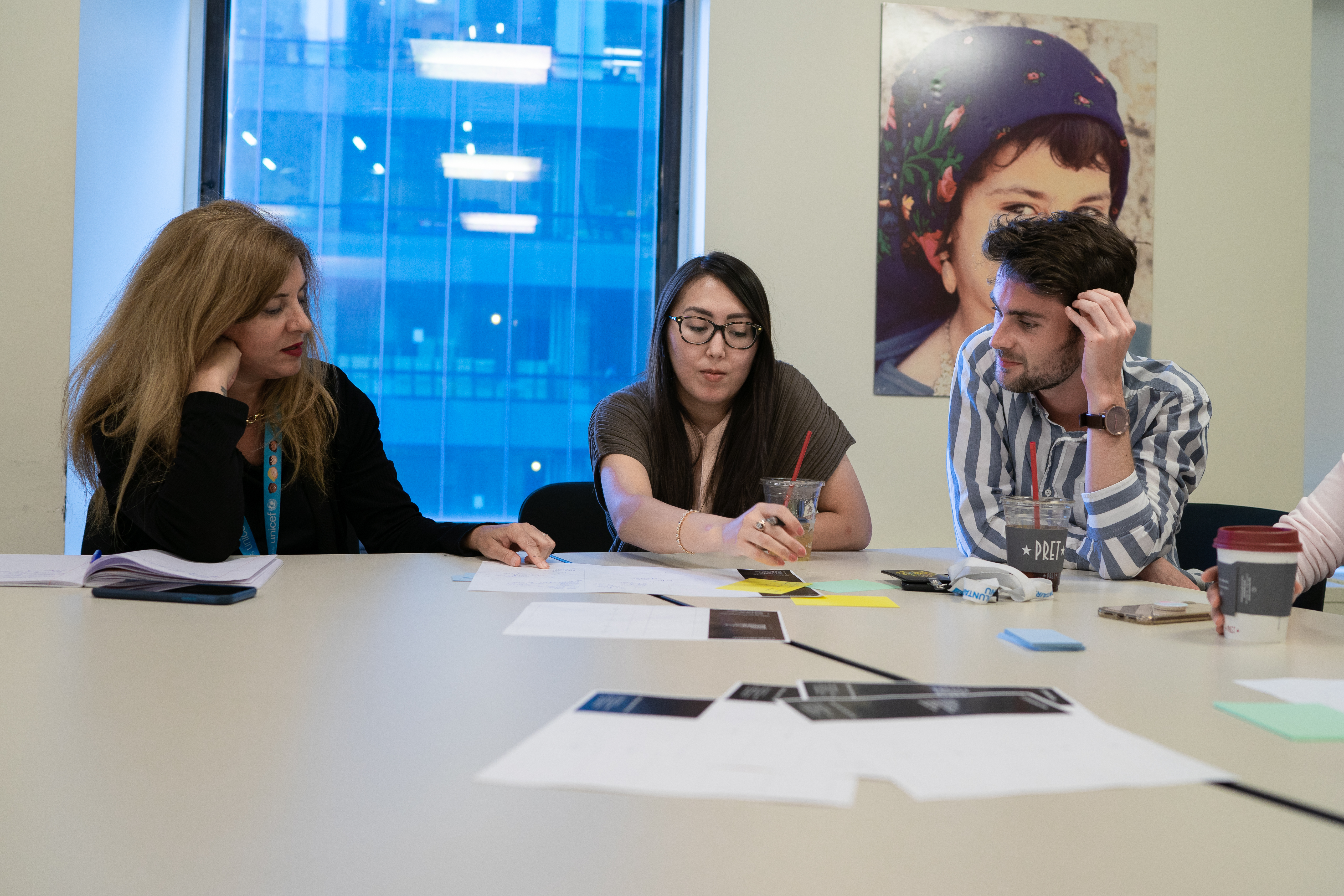
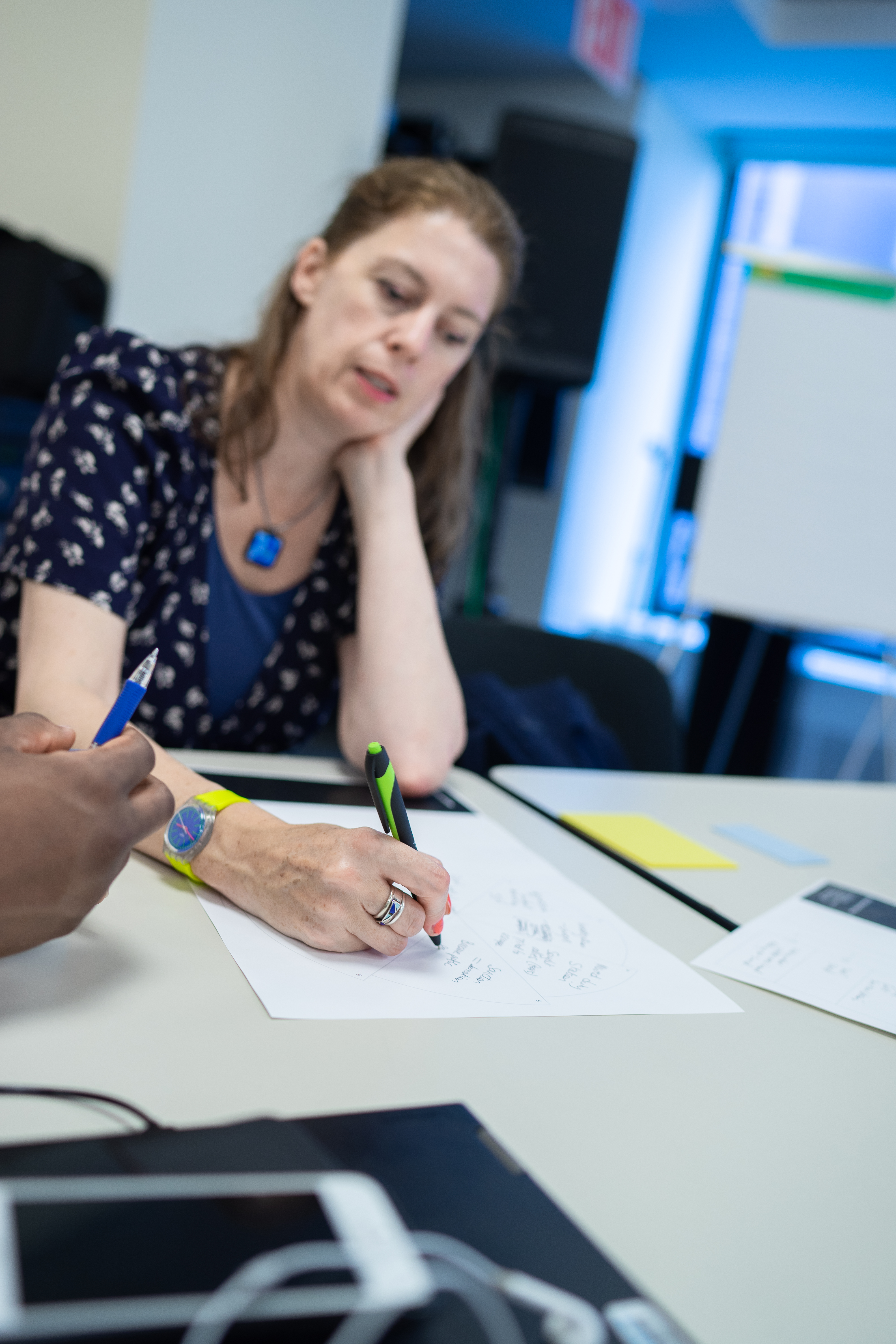
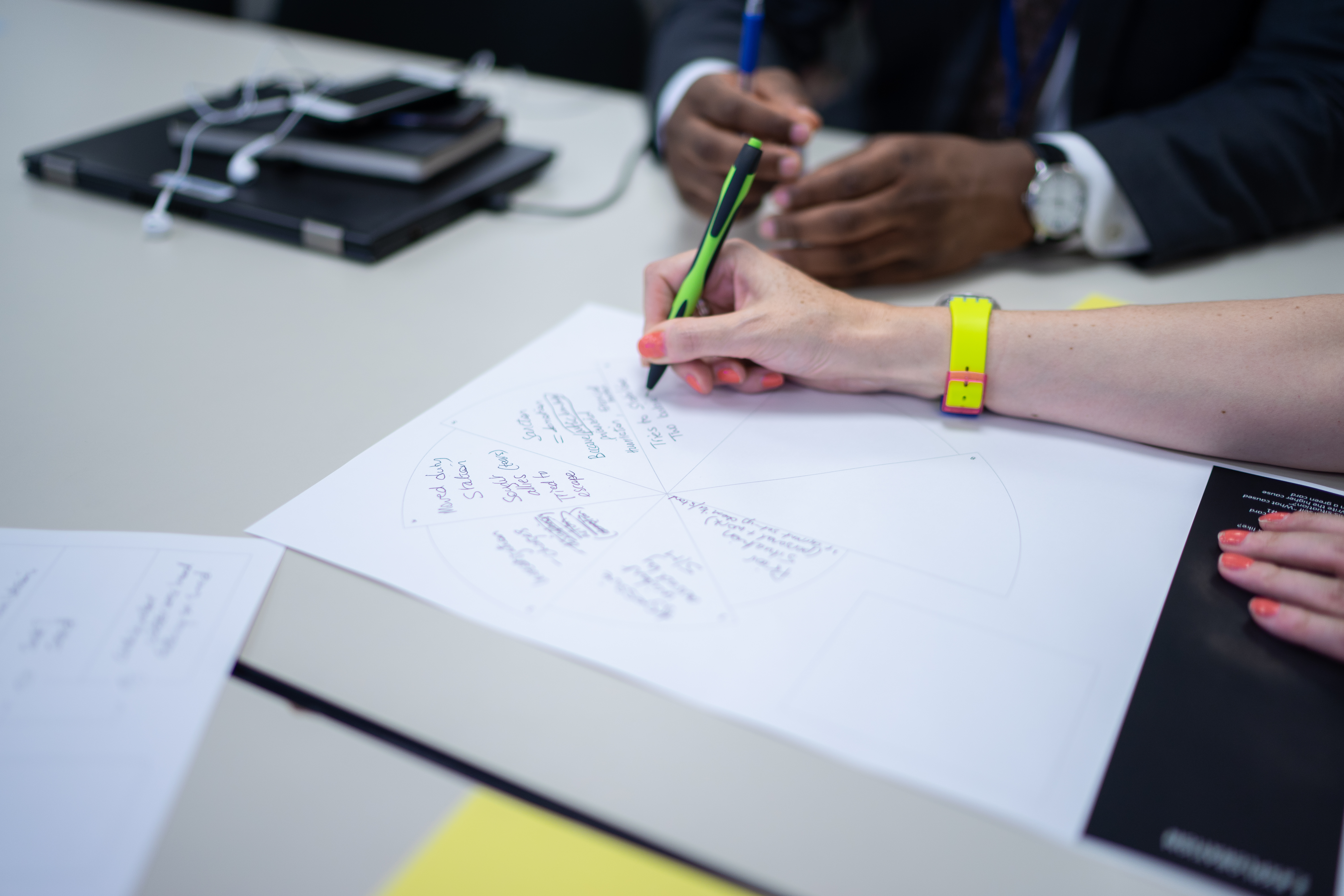
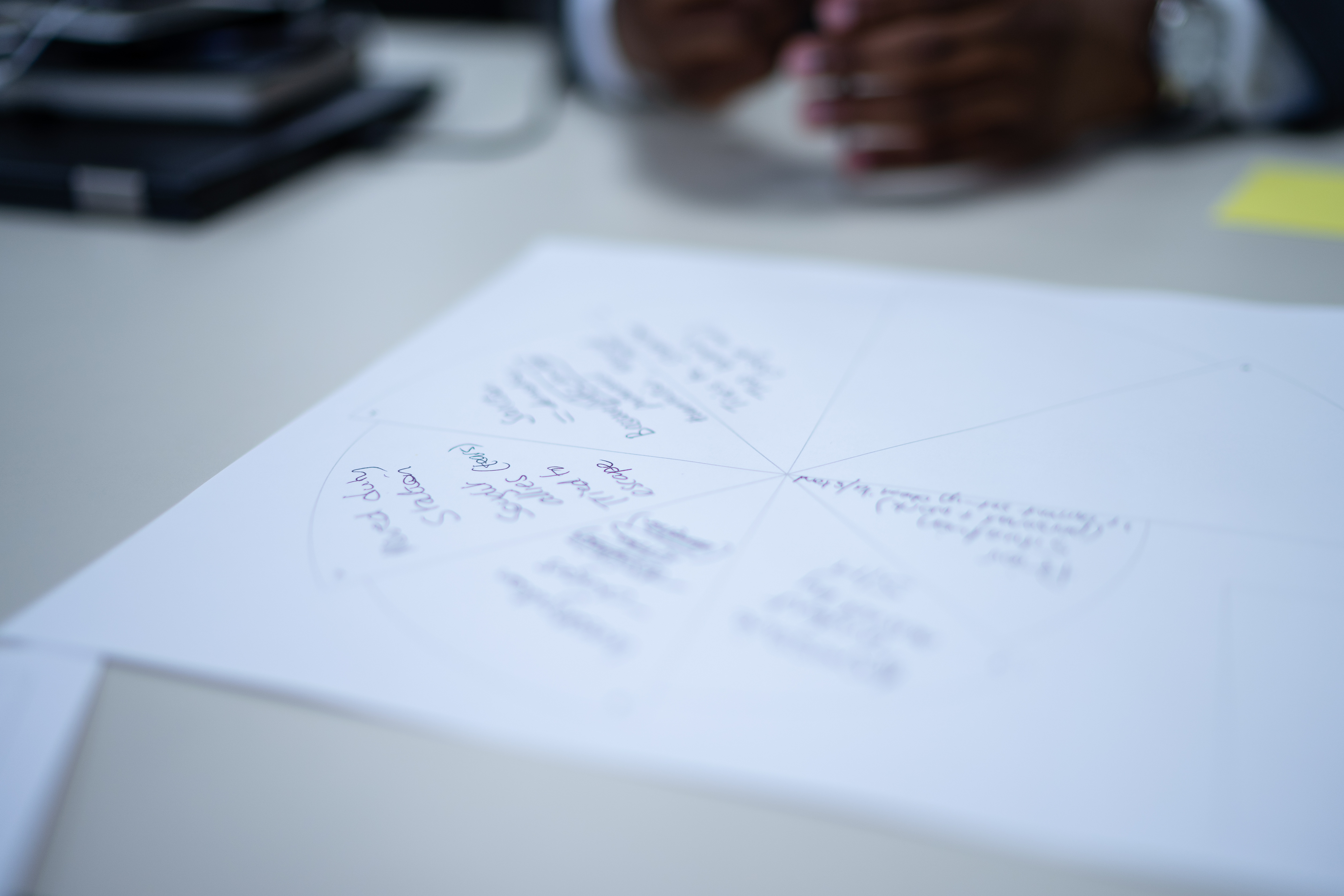
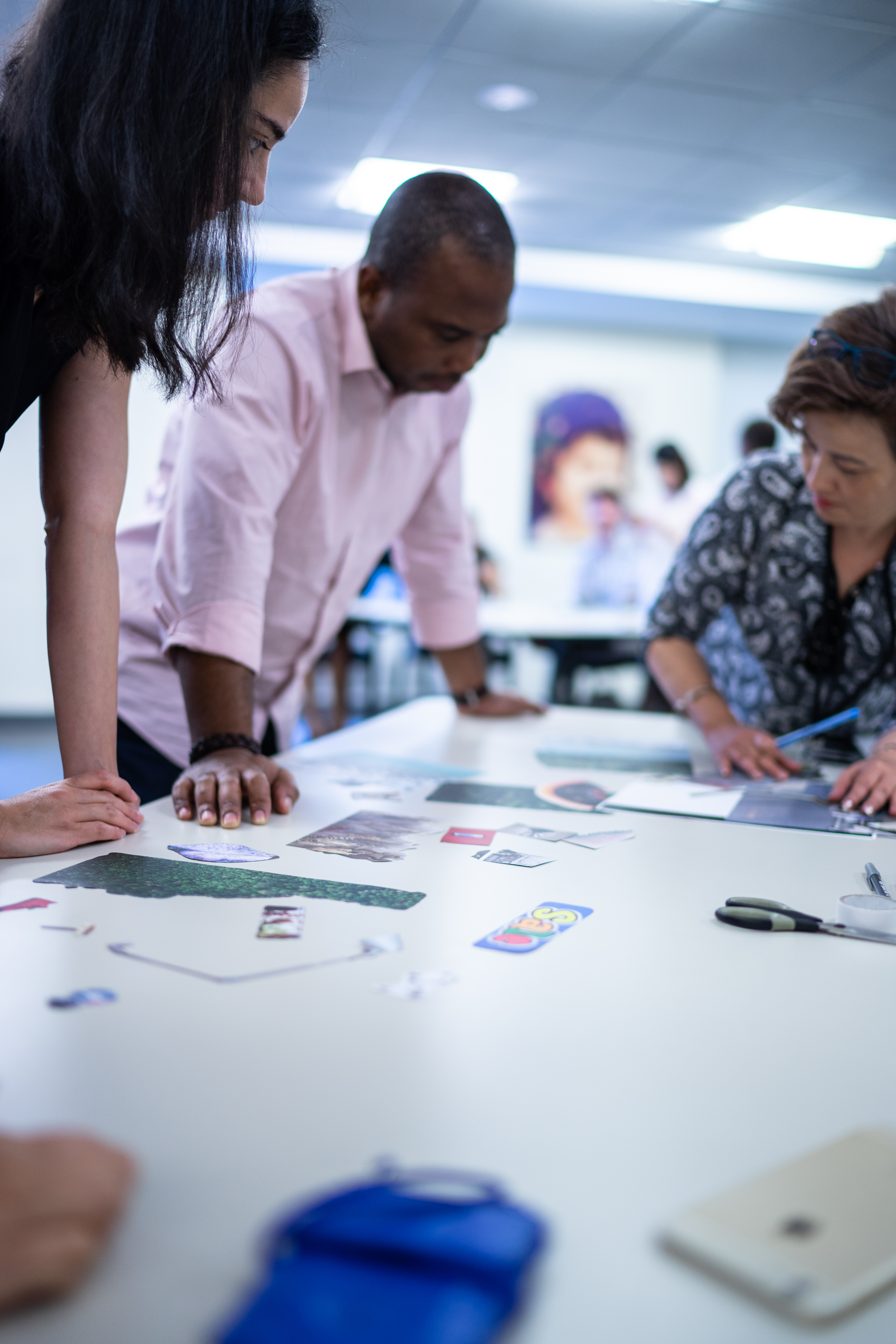
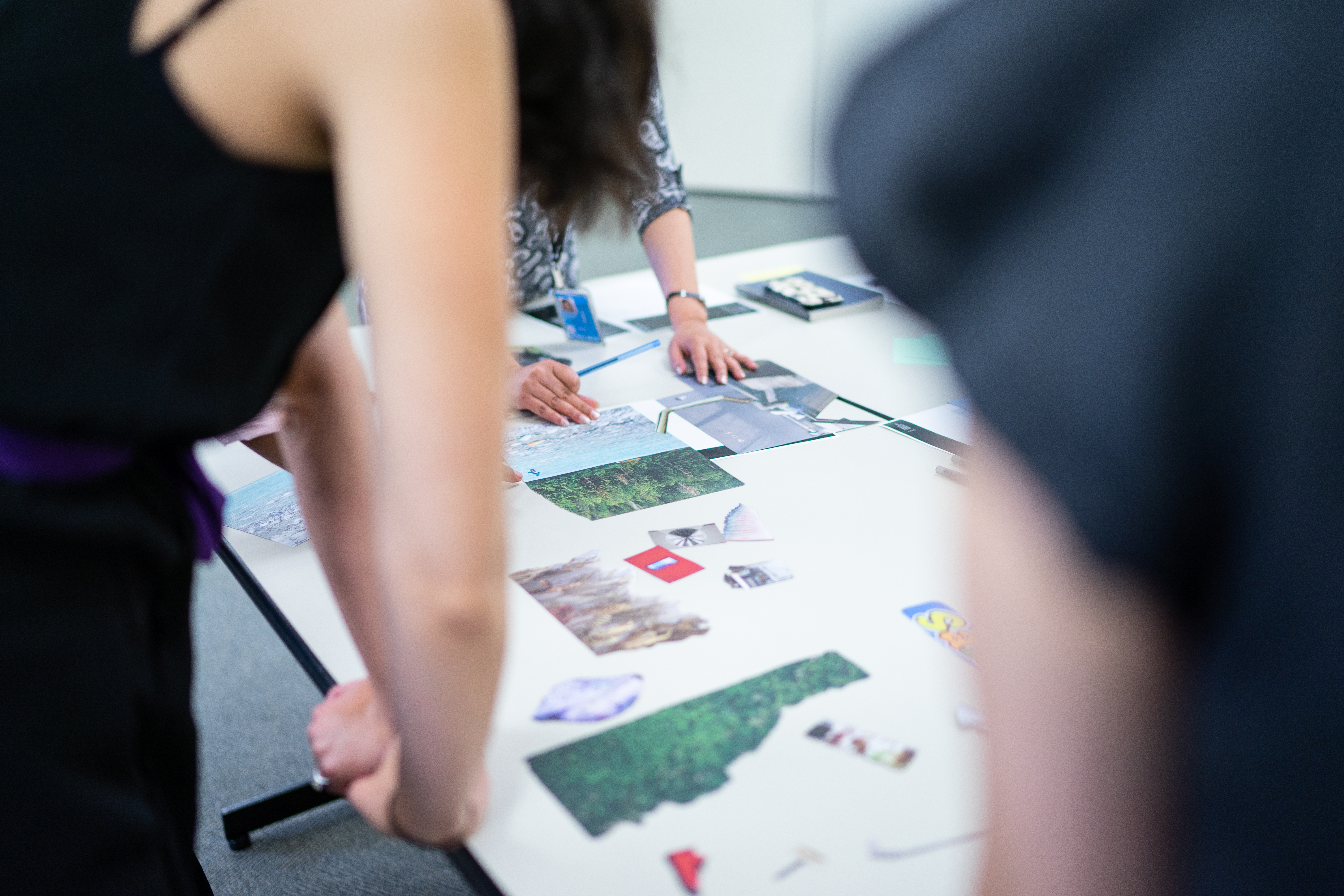
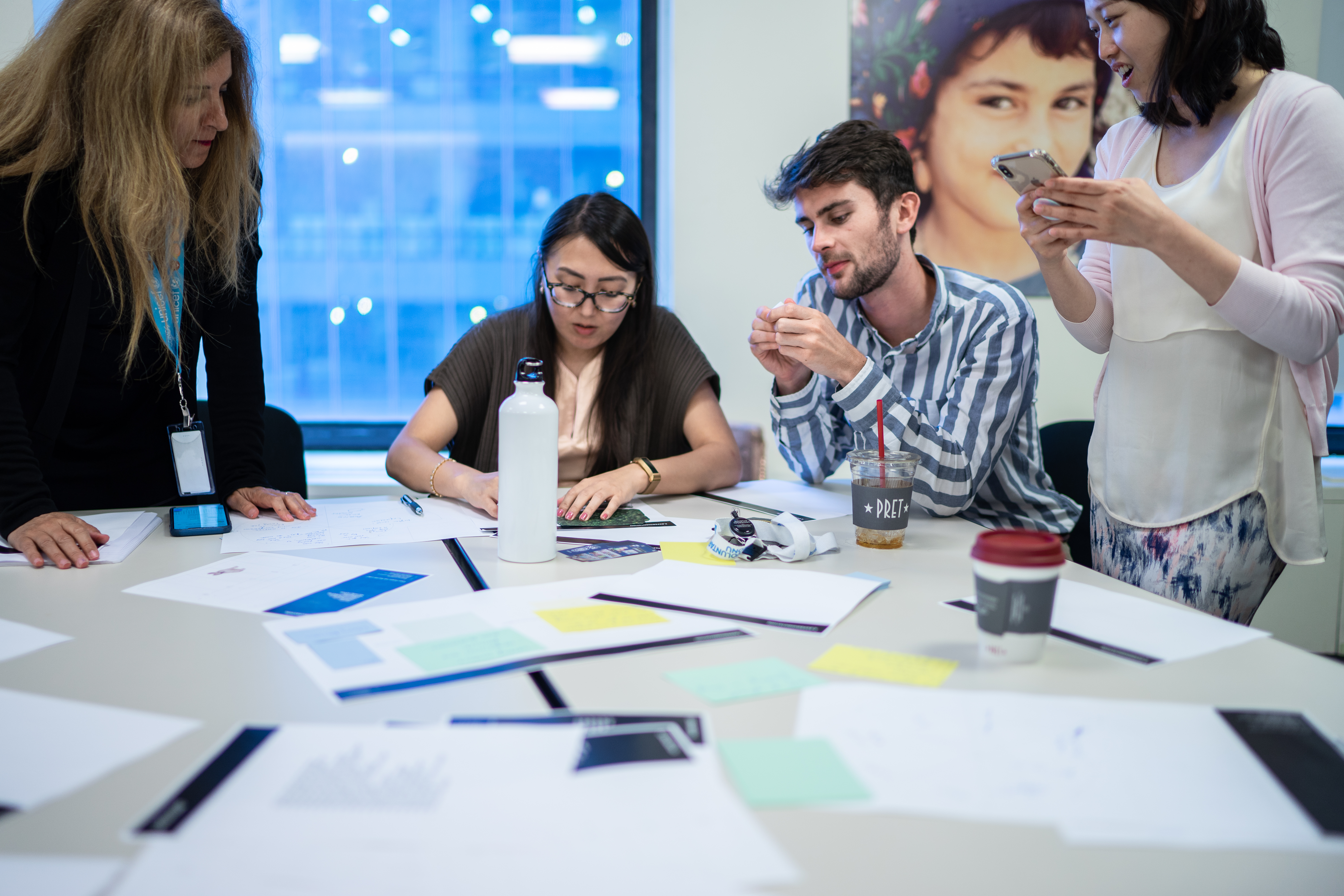
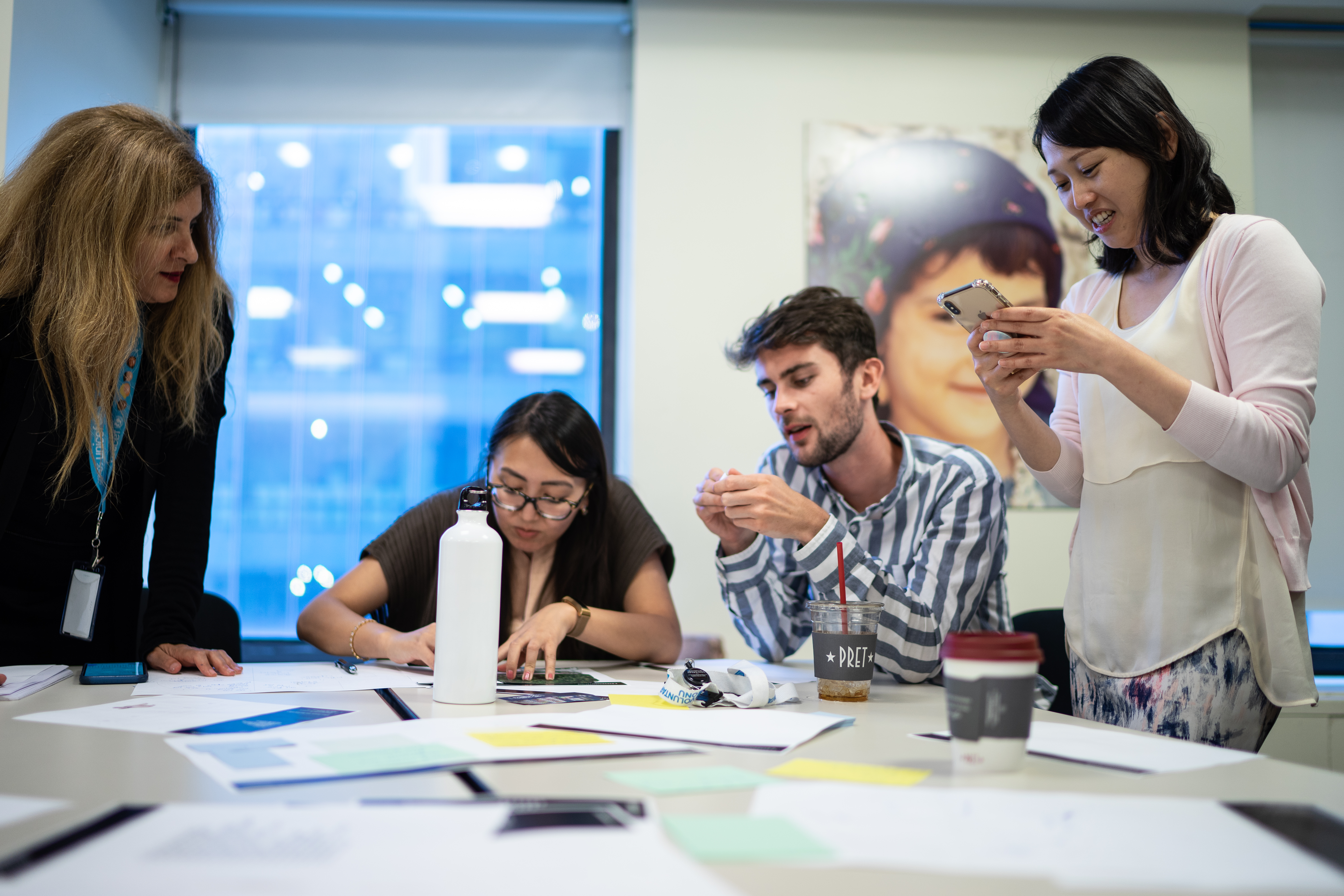

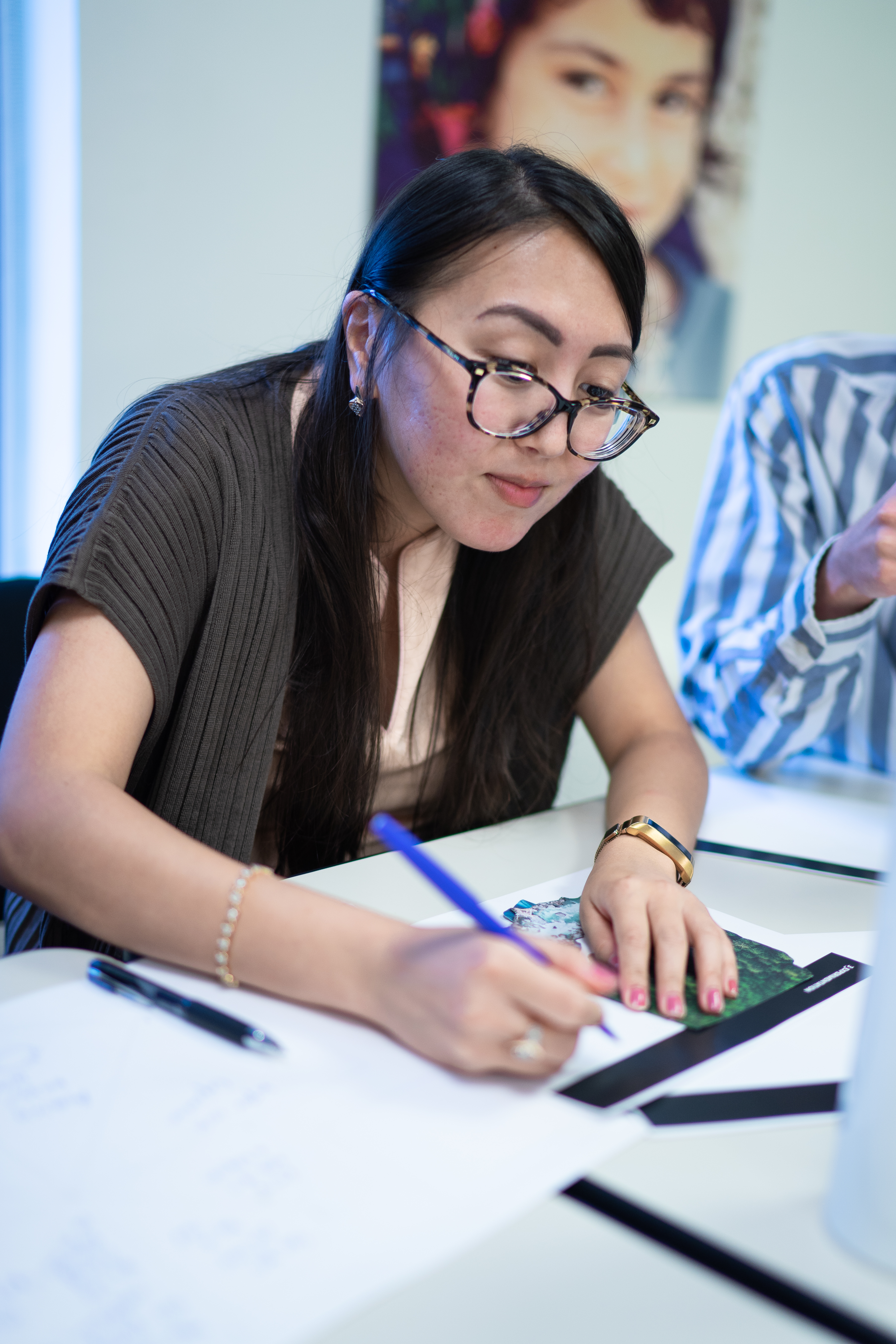
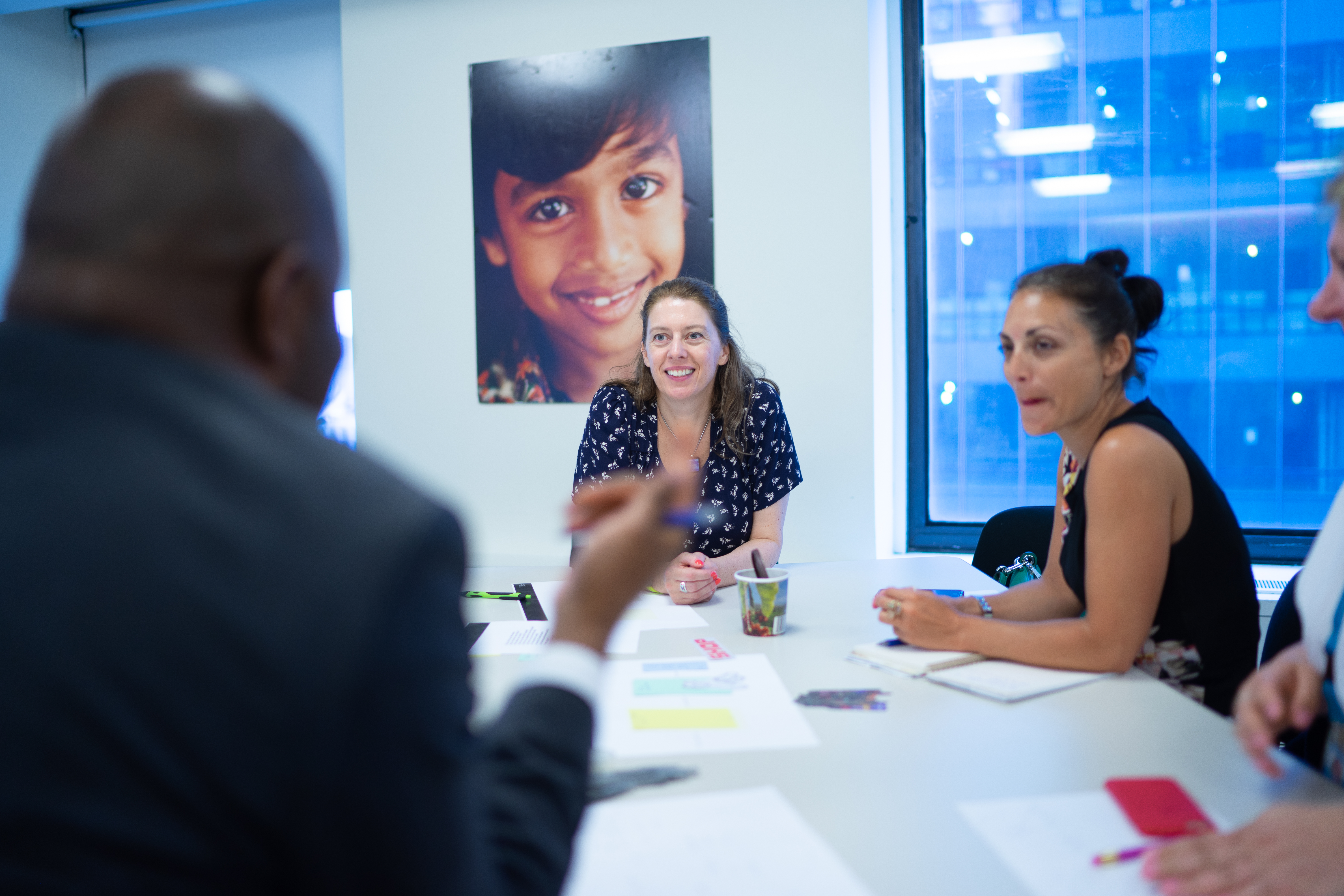
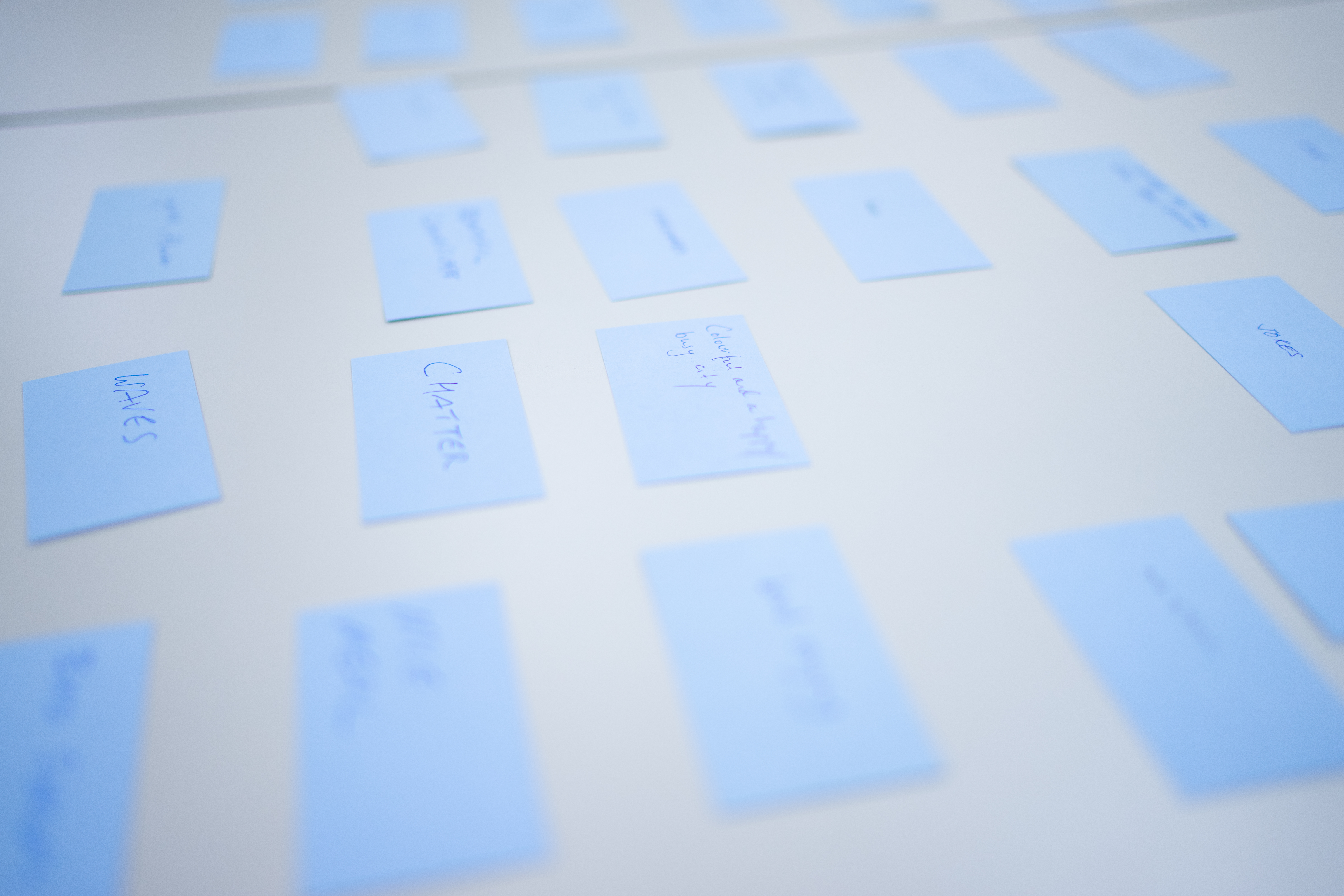
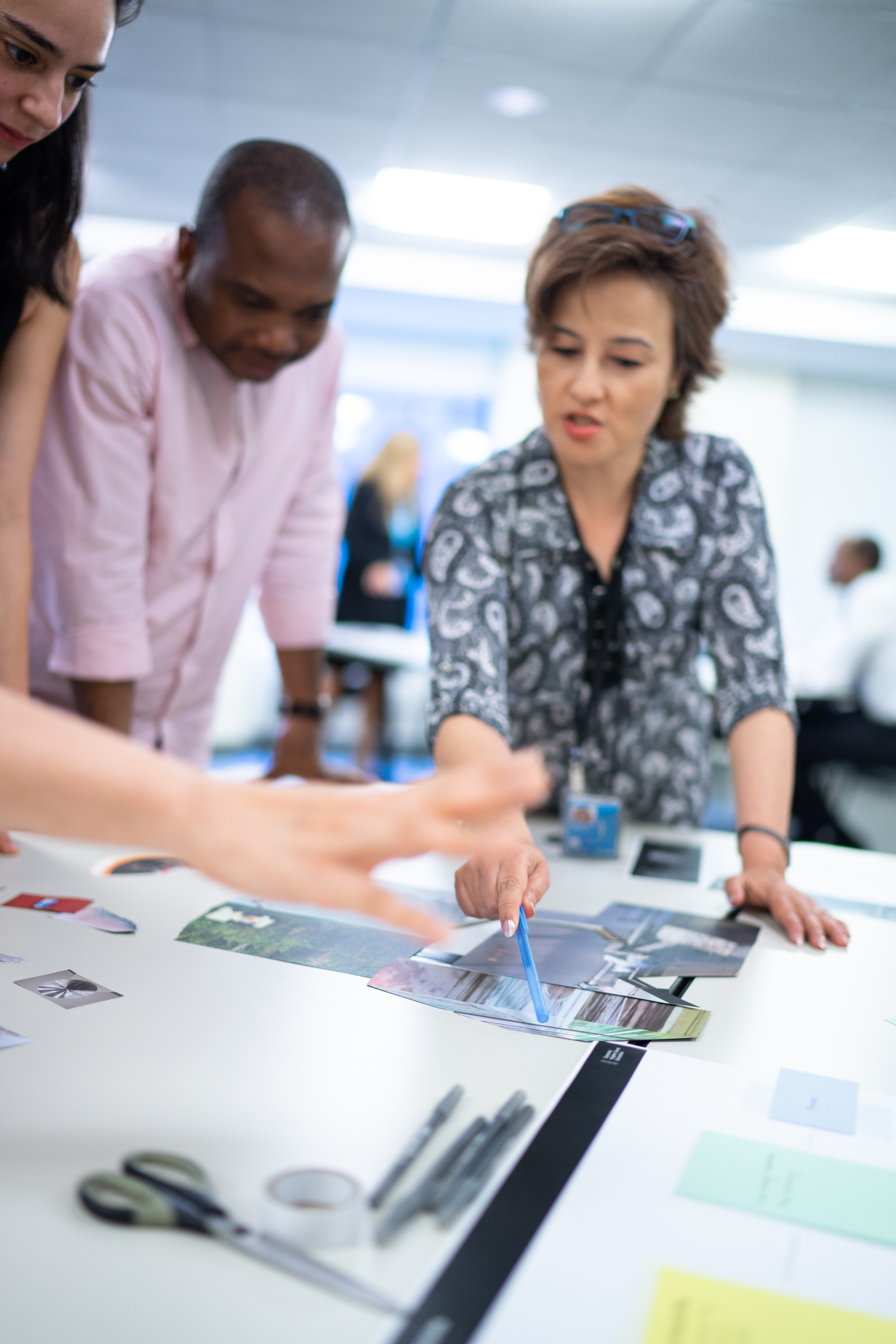
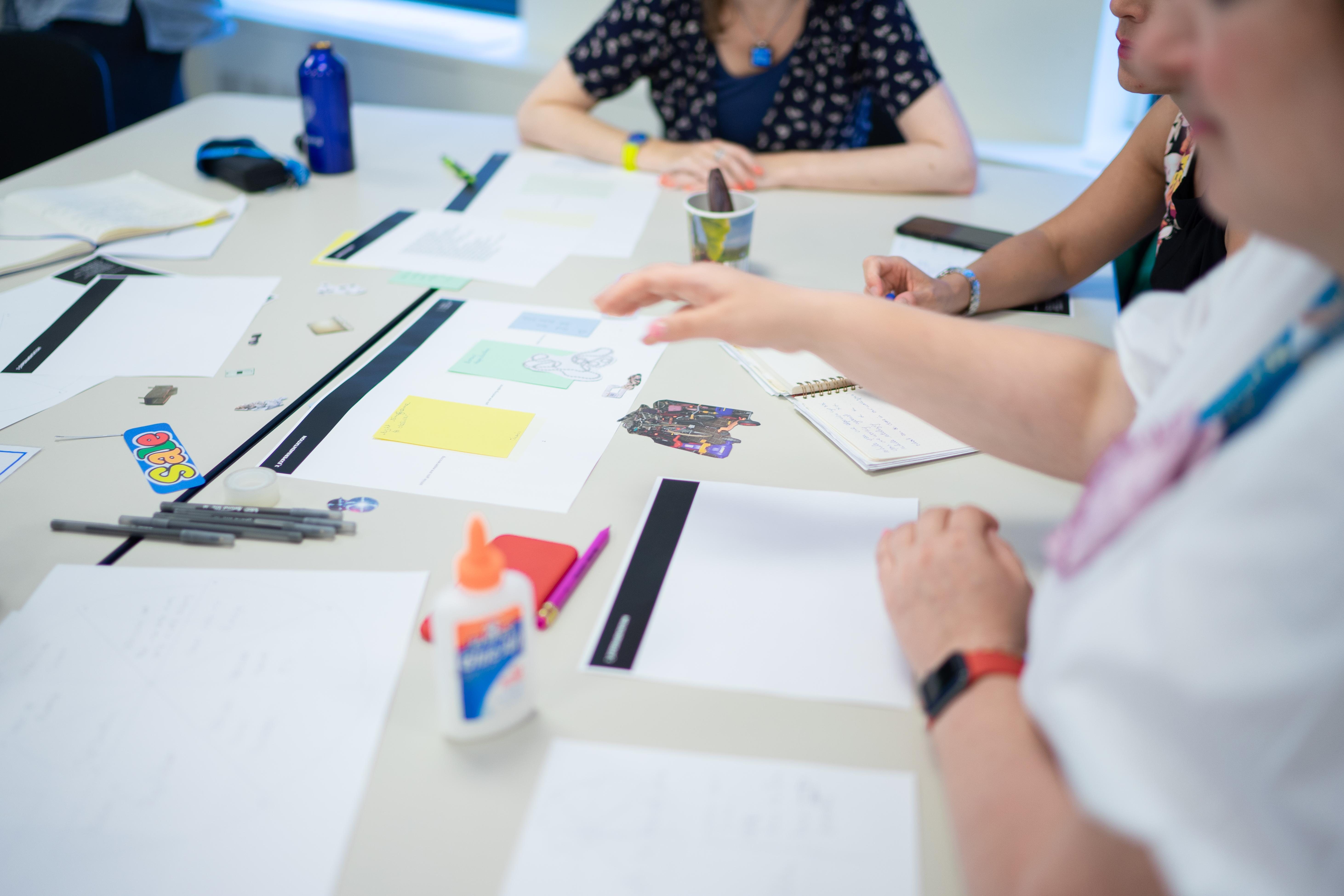

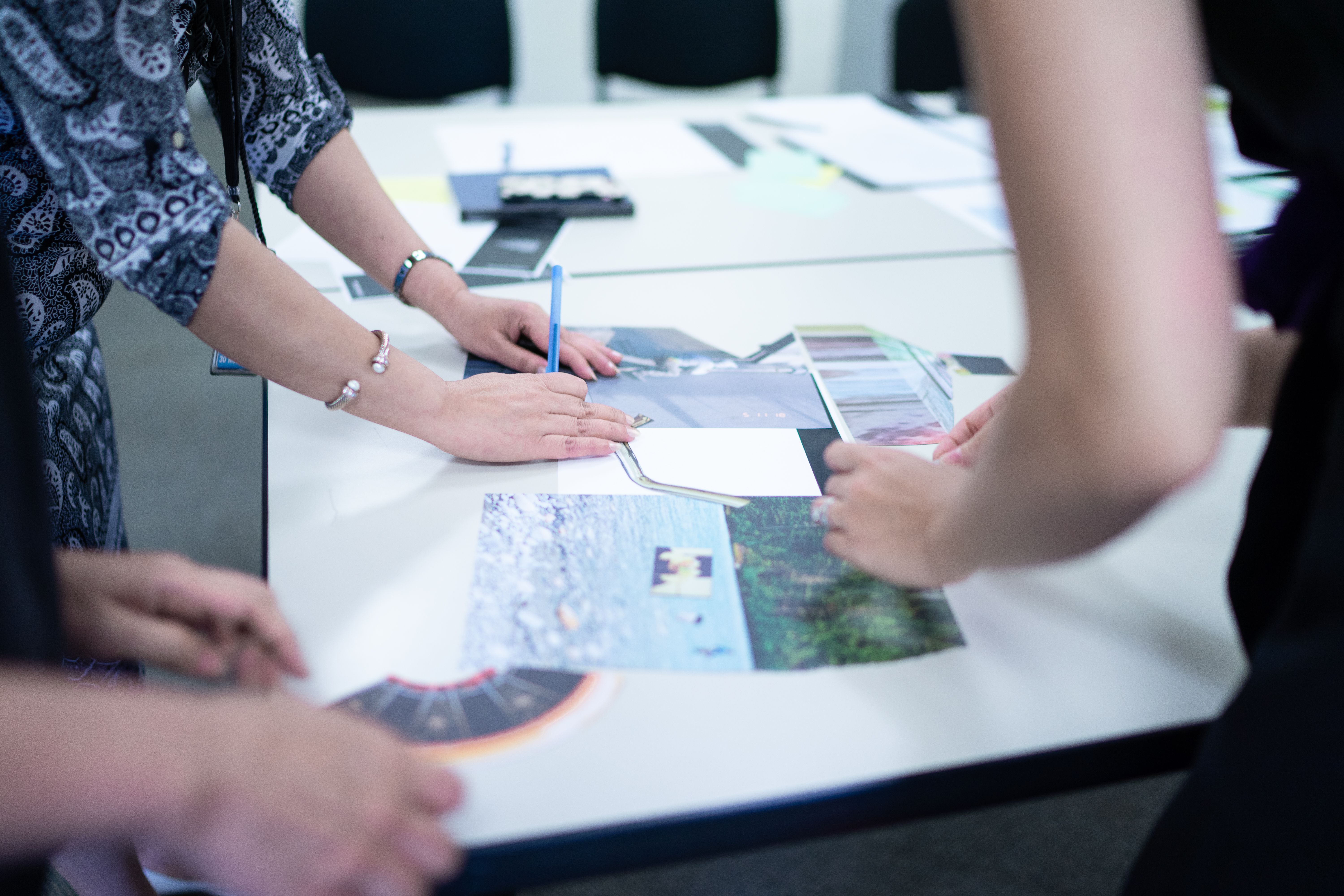
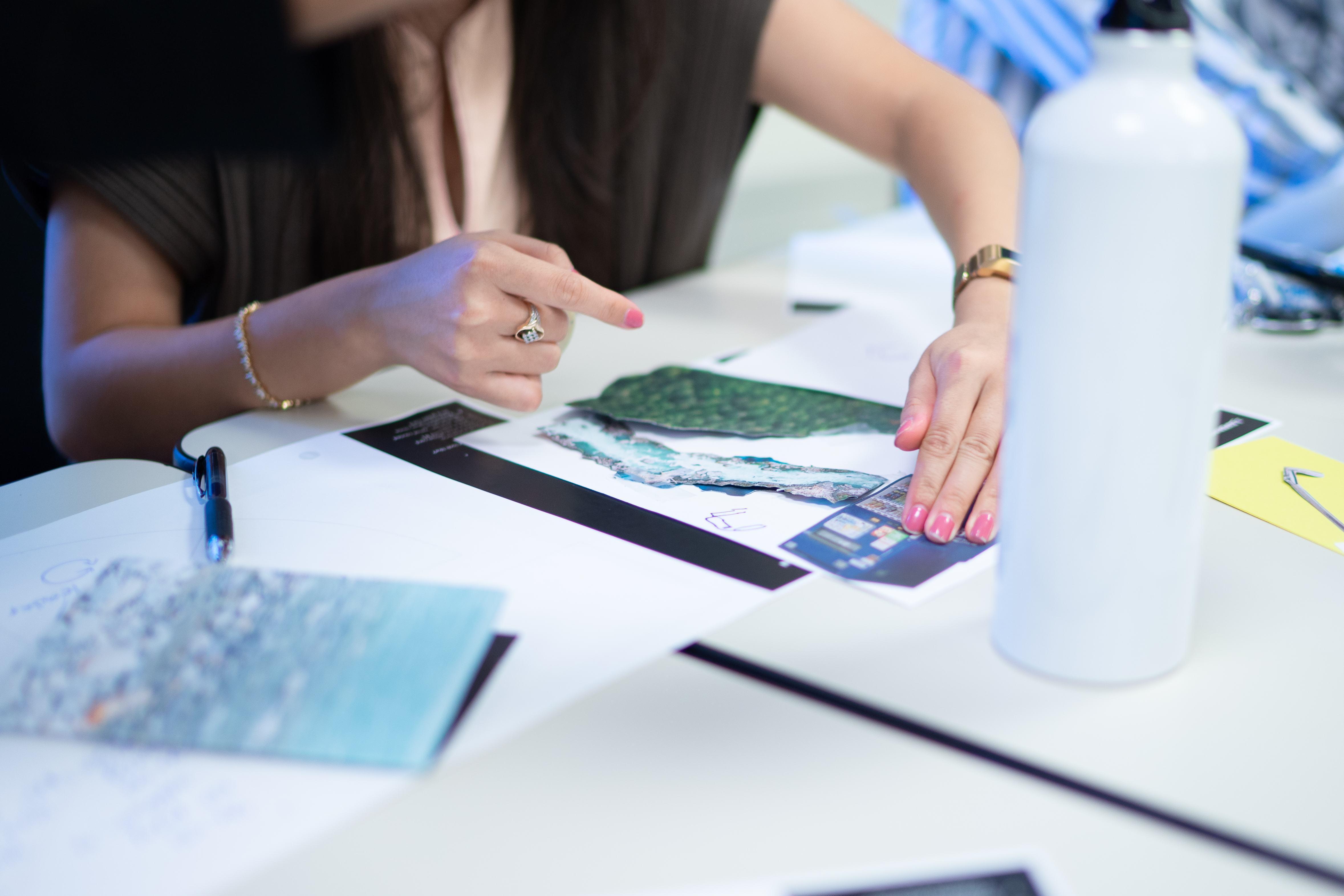

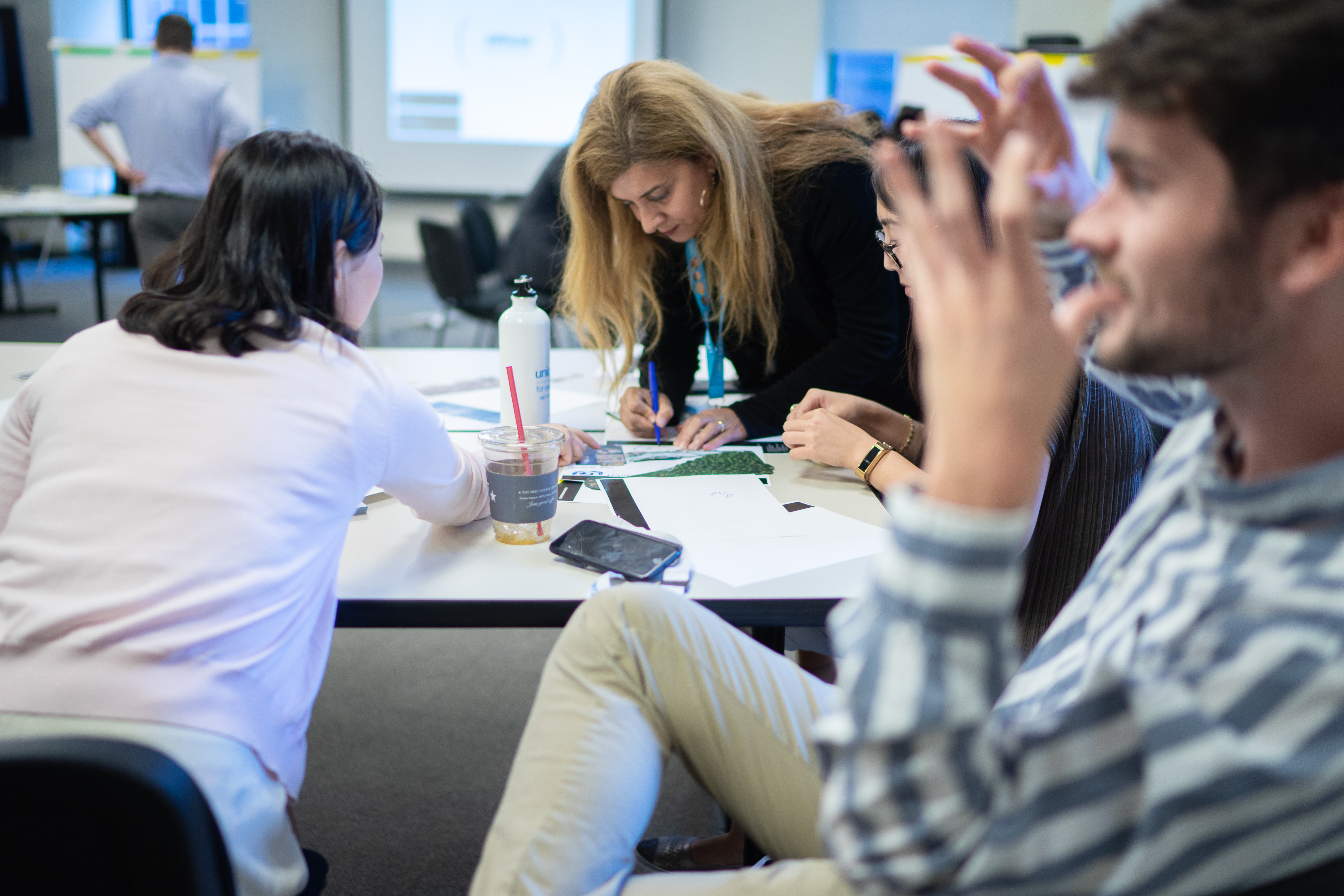
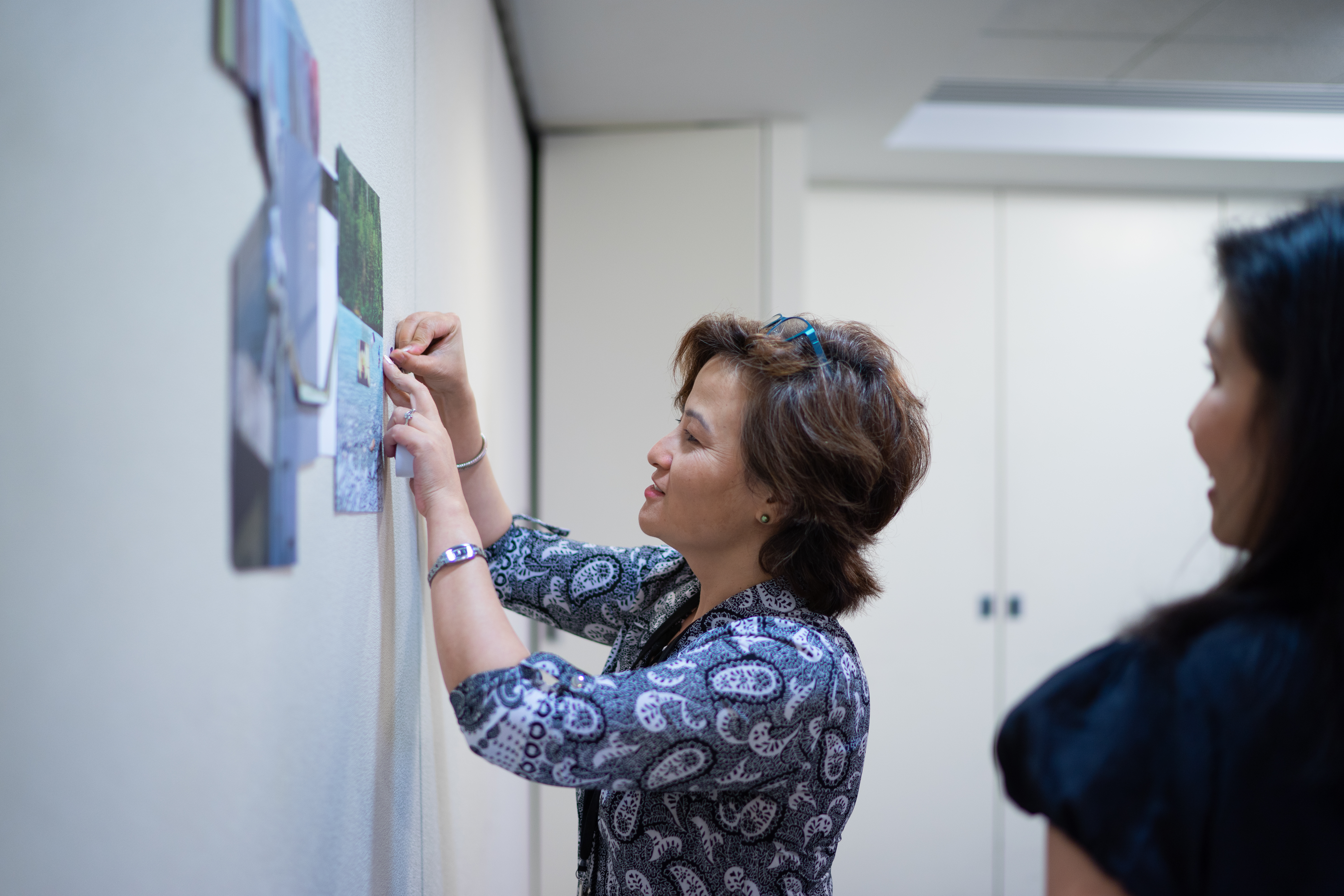
︎︎
EXERCISE 1
EXERCISE 1
Considerable research in psychology and neuroscience has shown a strong connection between visual processing, autobiographical memories, emotion, and decision making. Studies have found that the recall of specific, positive, autobiographical memories can help to improve mood and boost creativity and divergent thinking strategies. Participants in the Burnout Innovation Focus Group were led through an exercise in which they were given opportunities to connect specific positive autobiographical memories with elements of wellbeing. Over the course of this exercise, participants identified a wide range of factors that they associate with positive emotion and resilience.
Participants were asked to get into pairs and recall a scenario when they last the opposite of the symptoms indicating burn-out. While the scenarios were personal experiences uniquely tied to the person recalling it, sharing those with a partner created vivid conversations and made some participants cheer about unexpected commonalities.

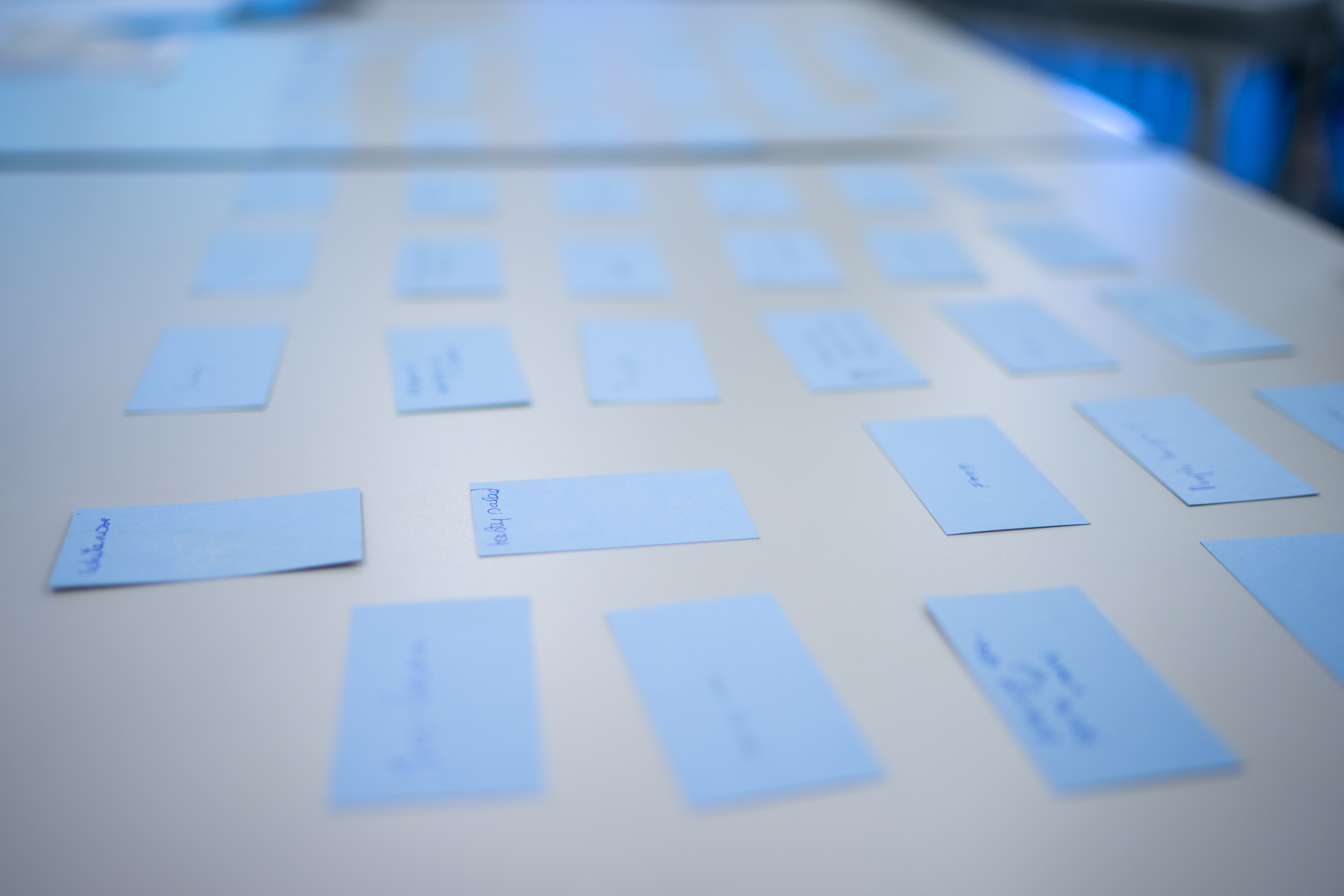
︎︎
EXERCISE 2
EXERCISE 2
Studies from psychology have found that individuals are more effective at problem solving and changing behavior when the obstacles are well characterized and the interrelations between challenges are well understood. In many cases, it can be difficult for teams to develop new methods for creating innovative solutions to long standing problems, without taking time to consider the micro and macro level factors underlying workplace issues, such as occupational burnout. In this task, participants were asked to work in small groups and then share back. First, they were asked to generate a scenario representing the “end product of burnout”. Then, participants were asked to generate those factors that led to that outcome of burnout. Participants were therefore asked to identify micro and macro factors they perceive as relevant to burnout in UNICEF, which in turn, provides important data for those involved in developing interventions.



To engage with the second exercise, participants got into larger groups. Keeping the symptoms signaling burnout in mind, they were asked to tell what burnout looks like by writing a short scenario about a person suffering from it. The scenarios were then written on a separate card, as well as on the first step of the stairs ofreasoning. Albeit not having asked for personal experiences, walking through this exercise made the participants reflect on the root causes of burnout in general as well as in regard to their own workplace, since for imagining a scenario they naturally draw on own experiences and gathered knowledge from the past.

︎︎
EXERCISE 3
EXERCISE 3
Stimulating thoughts on how to respond to discoveries by facilitating creativity through disciplined imagination.




In groups of four people, participants were asked to generate a scenario around the sentences they created through the choice of particular cards. While one group jumped right away into visualizing their ideas that came up by using the visual prompts provided, others preferred to talk things through for a while. The visual material was provided to prompt inspiration and visual input about how ideas could be materialized.
In addition, the material sparked ideas as well. For example, the picture of a dog led to recalling the experience of dogs at the workplace as contributing to a calming environment. Another group enjoyed a conversation aboutinnovative solutions to the higher causethey chose to create their sentence,and started to visualize their thoughtsby choosing the material that fit best to their ideas.
In addition, the material sparked ideas as well. For example, the picture of a dog led to recalling the experience of dogs at the workplace as contributing to a calming environment. Another group enjoyed a conversation aboutinnovative solutions to the higher causethey chose to create their sentence,and started to visualize their thoughtsby choosing the material that fit best to their ideas.


These collages are not meant to represent veridical solutions to the perceived causes of occupational burnout at UNCIEF. Rather, they provided participants with a space to engage in collaborate, non-linear, creative processing, that depended their insights into those factors contributing to burnout as well as processes that may help lead to innovations. The collages illustrate a mixture of problem states as they are right now, tangible ideas and ideas that emerged from vivid imagination. For instance, one group chose “zen” as their sensation to work against their higher cause “lack of funding”. Based on the word “Zen”, they imagined a blossom garden with a meditation corner as a safe space to escape from the craziness of the office. Implementing the higher cause, they worked around the lack of funding by making this experience accessible through virtual reality.
